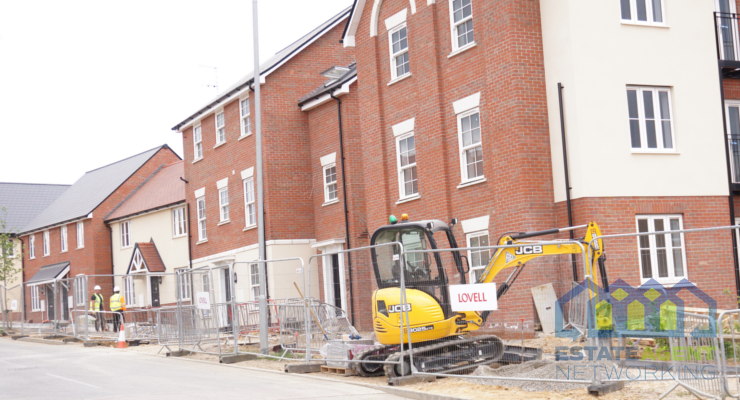Newcastle and Edinburgh commuter belts beat London
The latest research from The Property DriveBuy has found that Newcastle and Edinburgh rank as the best commuter belts in Britain, with all surrounding local authorities offering a more affordable average house price than the cities themselves, whilst Liverpool ranks as the worst.
The Property DriveBuy analysed current house prices across 12 major British cities, before comparing them to those found in each city’s surrounding local authorities. The goal was to identify which commuter belts provide the best opportunity for home movers looking to step outside city boundaries in search of greater house price affordability.
Newcastle and Edinburgh boast strongest commuter belts for affordability boost
The results show that both Newcastle and Edinburgh top the table, with every surrounding local authority offering a more affordable average house price.
In the case of Newcastle, Gateshead, South Tyneside, North Tyneside, and Northumberland all provide a more attractive entry point, with Gateshead offering the largest saving at 26% below Newcastle’s average of £205,592. Around Edinburgh, buyers will find more affordable options in West Lothian, where the average house price comes in 24% more affordable versus Edinburgh.
London still boasts the biggest commuter belt saving
London does rank third, however, with 15 of its 17 surrounding local authorities offering a cheaper route onto the ladder compared to the capital’s £561,587 average. The greatest savings can be found in Thurrock, where the typical home costs £324,258 – over 42% less than the London average. Slough and Dartford also offer significant discounts of 38% and 36% respectively.
Leeds and Cardiff complete the top five, with three-quarters of their commuter belt districts offering lower average prices. Around Leeds, Bradford provides the largest boost to homebuying affordability, coming in 24% more affordable than Leeds itself, while Cardiff buyers can find the biggest bargain in Rhondda Cynon Taf, where homes cost 41% less than in the Welsh capital.
Liverpool home movers better off in the city
At the other end of the spectrum, Liverpool is home to the least affordable commuter belt. All five of its surrounding local authorities command higher average house prices than the city itself, with Cheshire West and Chester sitting 44% above Liverpool’s £181,809 average.
Thurrock, Rhondda Cynon Taf and Bradford also rank top when it comes to the largest single saving on offer across all 12 cities when moving out to the commuter belt.
These findings underline that while the commuter belt remains a popular destination for those priced out of city living, affordability varies greatly depending on location and region.
Steve Foreman, Founder and CEO of The Property DriveBuy, commented:
“The London commuter belt is perhaps the most talked about given the notoriety of the capital’s housing market when it comes to bricks and mortar values and London certainly offers the greatest variety, in terms of bordering local authorities, not to mention one of the largest potential savings when moving from the capital to somewhere like Thurrock.
However, the high cost of city living isn’t restricted to the capital alone, and it’s Newcastle and Edinburgh that currently rank top when it comes to a home mover’s ability to head for the commuter belt and secure a savings.
That said, a commuter belt move doesn’t guarantee a cheaper purchase, as proven in Liverpool where all surrounding local authorities are home to higher average house prices. But searching for a new area can be tricky, particularly when we rely on the property portals and their often outdated search parameters.
For those expanding their horizons, searching for a new home in an unknown area can be tricky. Using geo-location search tools can be a great way to ensure your search is as comprehensive as it can be whilst navigating the commuter belt in person, as geo-location based platforms will ensure that you don’t miss out on that the perfect home, simply because it sits just beyond the traditional search restrictions of the major portals.”









